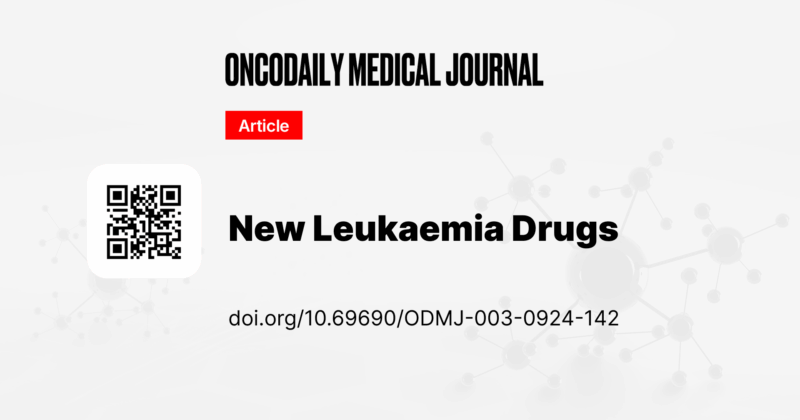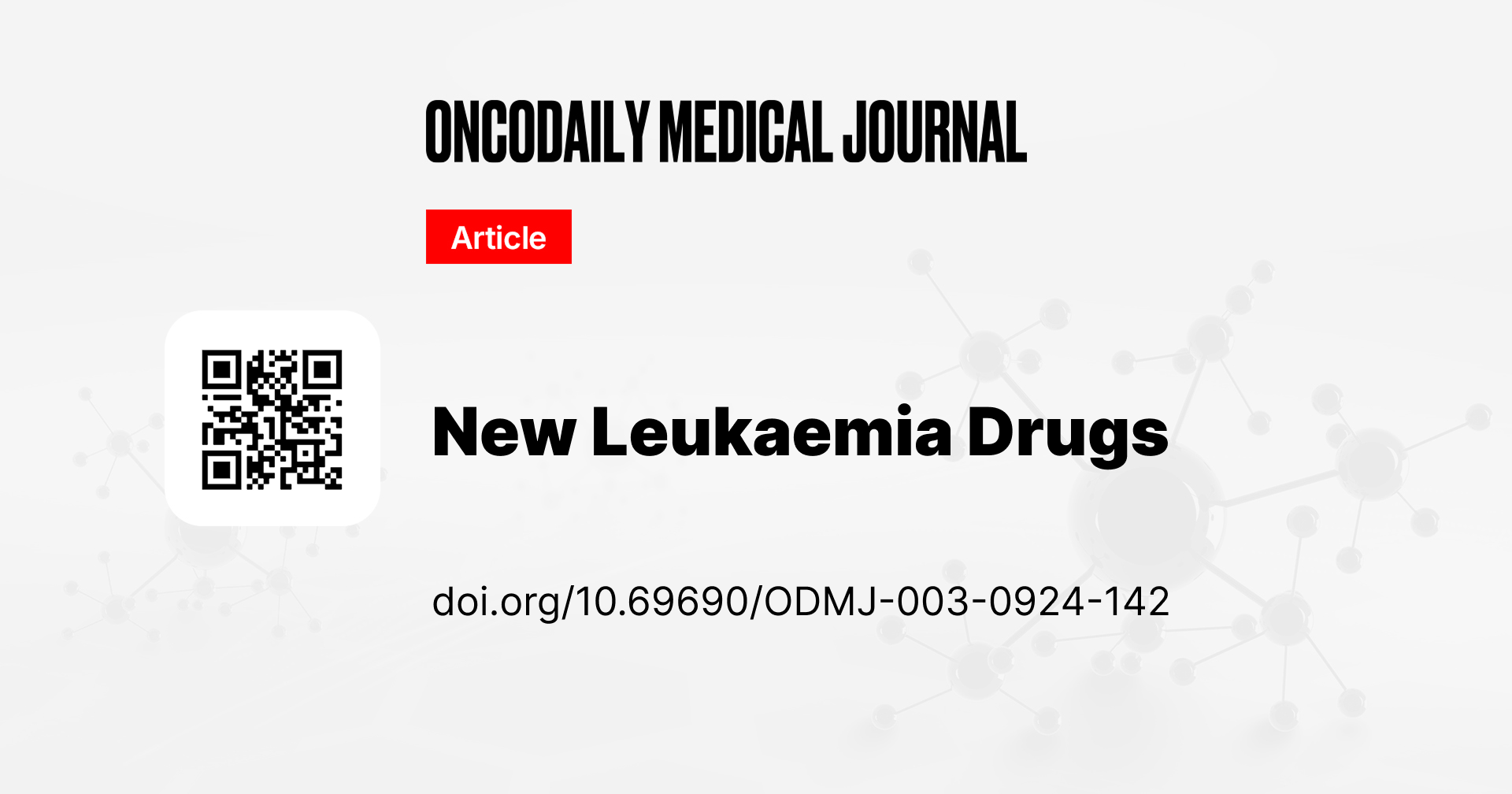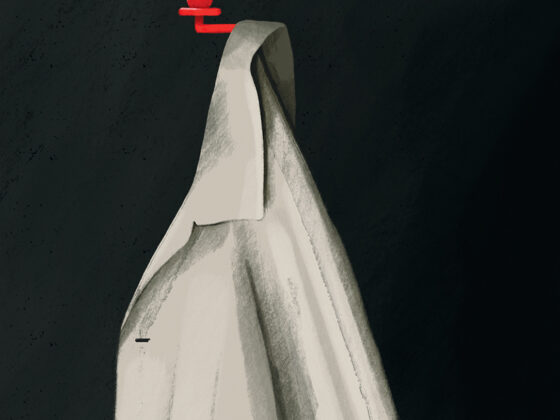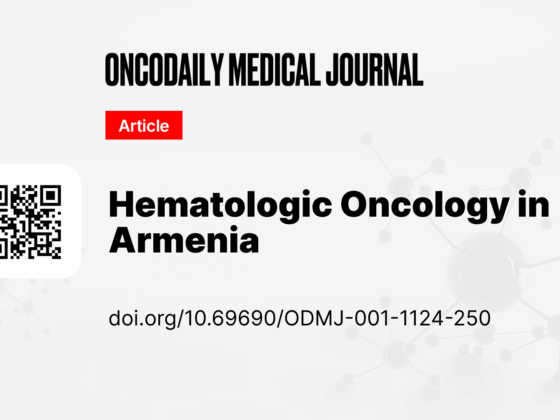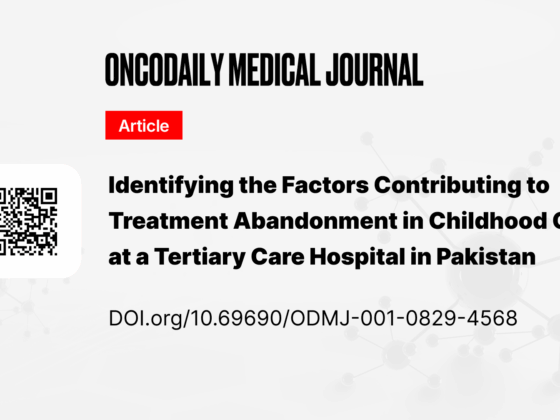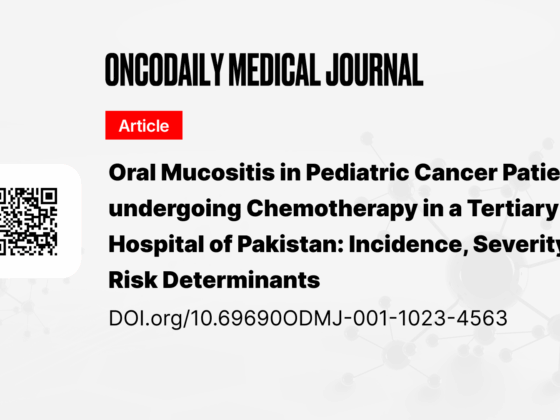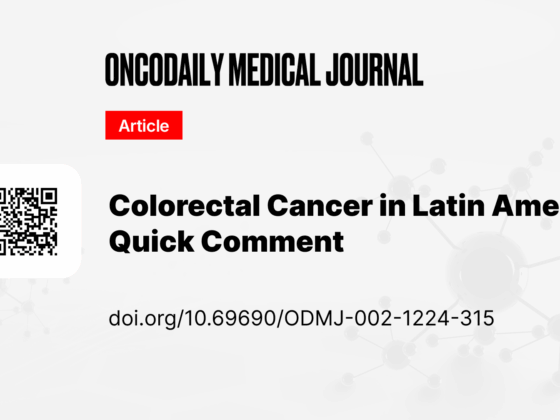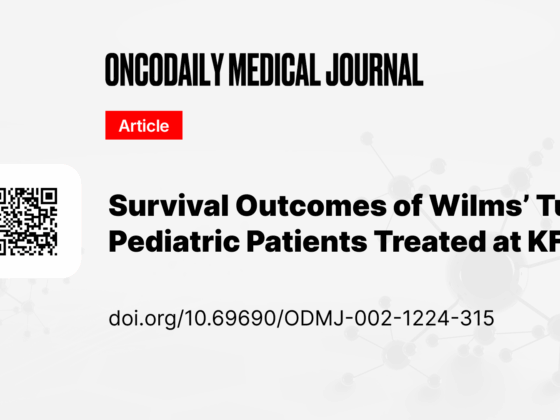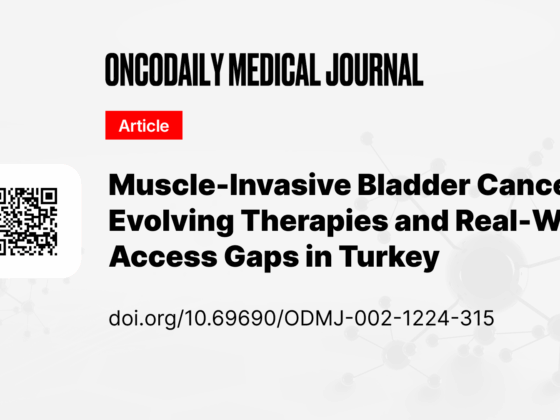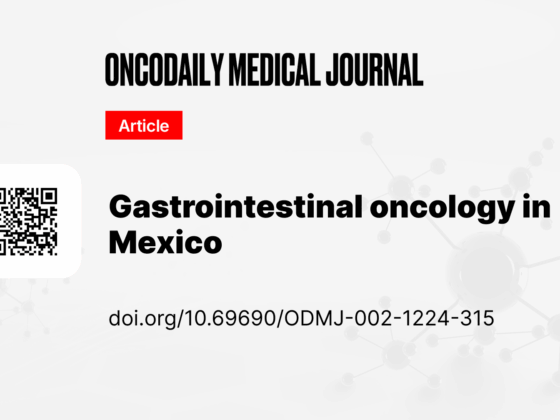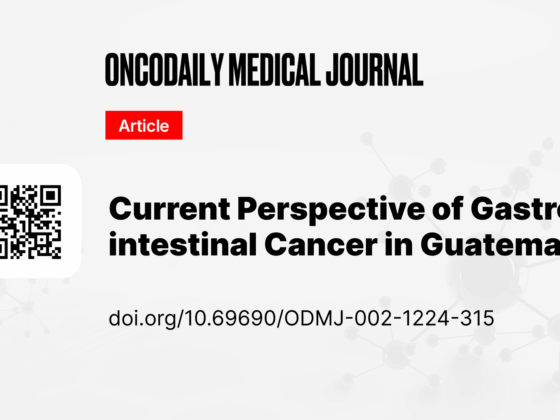Advances in leukaemia treatment have accelerated from first-generation chemotherapy to precision targets and cellular immunotherapy. In this article, we summarise a paper by Robert Peter Gale, published in the OncoDaily Medical Journal, tracing that evolution across ALL, AML, CLL, and CML.
Title: New Leukaemia Drugs
Author: Robert Peter Gale
DOI: 10.69690/ODMJ-003-0924-142
Full article
Over the past two decades, the treatment landscape for leukaemias has been transformed by an explosion of new targeted and immune-based therapies. In this editorial, renowned haematologist Robert Peter Gale traces the evolution of anti-leukaemia drugs from the first chemotherapy breakthroughs of the 1950s to today’s precision and cellular therapies, detailing progress across four major disease types: acute lymphoblastic leukaemia (ALL), acute myelogenous leukaemia (AML), chronic lymphocytic leukaemia (CLL), and chronic myeloid leukaemia (CML).
Gale highlights how the pace of innovation has accelerated dramatically. Dozens of new agents, from tyrosine kinase inhibitors (TKIs) such as imatinib, dasatinib, and ponatinib, to BCL-2 inhibitors like venetoclax and next-generation BTK inhibitors such as pirtobrutinib, have reshaped outcomes and treatment algorithms. The author also underscores the growing impact of immune therapies, including monoclonal antibodies and CAR-T cell therapies, which have moved the field beyond the stagnation of traditional chemotherapy.
A key theme is the shortening interval between molecular discovery and regulatory approval, a process that once took decades but now often unfolds within years. Yet, as Gale cautions, progress is uneven. Adult patients with AML and ALL continue to face poor survival, and global inequities in access remain striking. Even in high-income settings, treatment adherence and drug availability lag behind scientific advances.
“Many new drugs are safe and effective,” Gale concludes, “but the job is not done.” Continued innovation and equitable access will determine whether the next generation of leukaemia therapies delivers on its full promise.

